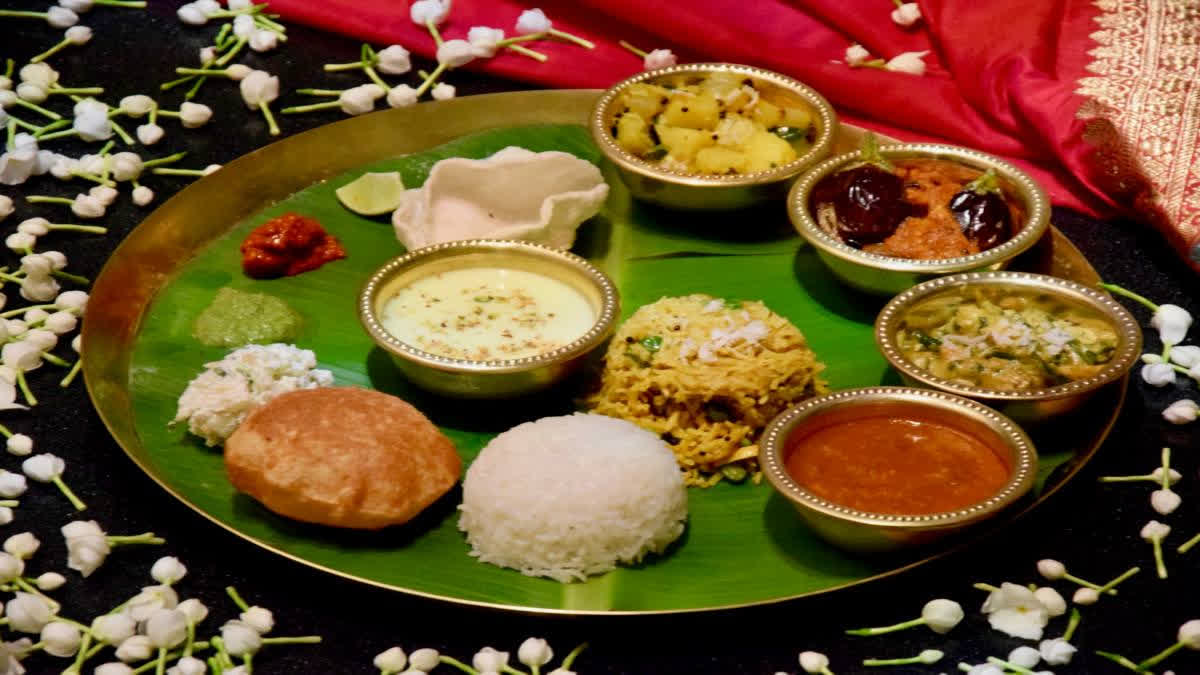Hyderabad: The cost of preparing home-cooked veg thali rose 11 percent, while that of the non-veg thali declined 2 percent, a Crisil report revealed. The veg thali cost rose due to increase in the prices of vegetables, which collectively account for nearly 37% of the thali cost.
The average cost of preparing a thali at home is calculated based on input prices prevailing in north, south, east and west India. The monthly change reflects the impact on the common man’s expenditure. The data also reveals the ingredients (cereals, pulses, broilers, vegetables, spices, edible oil and cooking gas) driving the change in the cost of the thali.
In September 2024, the cost of veg thali rose owing to divergent trends in September while that of the non-veg variant (which costs twice as much as the veg) declined on-year, as per CRISIL MI&A Research estimates.
Here are the multiple factors responsible for the varying costs of veg and non-veg thalis in September:
- Prices of onion, potato and tomato rose 53%, 50% and 18% on-year, respectively, in September because of lower onion and potato arrivals, while heavy rainfall impacted tomato output in Andhra Pradesh and Maharashtra
- Price of pulses, which account for 9% of the veg thali cost, rose 14% amid drop in production last year, leading to lower opening stock this year, further contributing to the uptick
- An 11% drop in fuel cost – from Rs 903 for a 14.2 kg LPG cylinder in Delhi in September last year to Rs 803 in March this year – prevented further increase in the thali cost
- For the non-veg thali, an estimated decline of 13% on-year in broiler prices, which account for 50% of the non-veg thali cost, provided some relief
On-month, the cost of both veg and non-veg thalis remained stable
- Onion prices rose 14% on-month because of tight rabi stock in the market as well as reduction of export duty, fueling trade
- However, a 2% decline in potato prices due to stocks released from the cold storage and 9% fall in tomato prices due to higher arrivals from the southern and western markets prevented further increase in the thali cost
- For the non-veg thali, stable broiler prices on-month amid steady demand helped maintain the cost
Read more:



